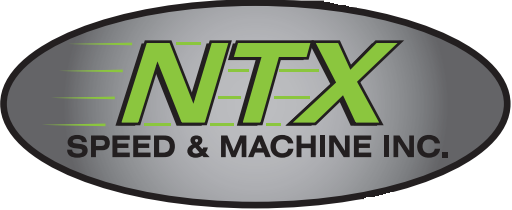Cross hatching is the series of intersecting scratches on the surface of the cylinder that are used to help the piston rings seal the compression/combustion pressures in the chamber above the piston. While they are scratches they are very controlled in depth/width and angle.
Depth/Width: can range 10 to 35 micro-inches (.000010"-.000035") This needs to be deep to be able to retain oil so the piston rings have a surface of oil for sealing and lubrication. The pistons rings do not actually touch the metal of the cylinders it rides on a thin film of oil that supplied by the cross hatching. The width is usually a function of the depth the deeper the scratch the wider it is.
 Angle: The angle of the crosshatching is also controlled and will vary depending on the application. Most engines are honed with a 45-40 degree angle. This angle is required for oil propagation up the cylinder walls. Oil is thrown onto the cylinder walls from windage in the pan and mostly from the connecting rod bearing leakage of that cylinder. But, that oil is not directly supplied to the upper part of the cylinder which is on the other side of the piston. The groves allow a zig-zag route for the oil to be scrapped up the cylinder wall. Kind of like using a squeegee across a tiled surface the water just travels through the gaps in the tile and never gets totally removed.
Angle: The angle of the crosshatching is also controlled and will vary depending on the application. Most engines are honed with a 45-40 degree angle. This angle is required for oil propagation up the cylinder walls. Oil is thrown onto the cylinder walls from windage in the pan and mostly from the connecting rod bearing leakage of that cylinder. But, that oil is not directly supplied to the upper part of the cylinder which is on the other side of the piston. The groves allow a zig-zag route for the oil to be scrapped up the cylinder wall. Kind of like using a squeegee across a tiled surface the water just travels through the gaps in the tile and never gets totally removed. One of the biggest misconceptions about cross hatching is related to purchasing a used engine. Too many times someone buys an engine block or engine assuming that the cross hatching that they see is an indication of "No wear" this is absolutely not true. Cylinders can massive amounts of ring wear and still have what looks like cross hatching. The best way to measure for cylinder wear is with a dial bore gauge and actually gauge the cylinder in at least 4 locations. Two measurements 90 degrees offset at the top and bottom. Use the largest amount for the actual bore diameter.
If you ever need help in measuring and you're in our area don't hesitate to call on us.
North Texas Speed & Machine your OEM and Performance engine rebuilder. (972)221-8811

No comments:
Post a Comment